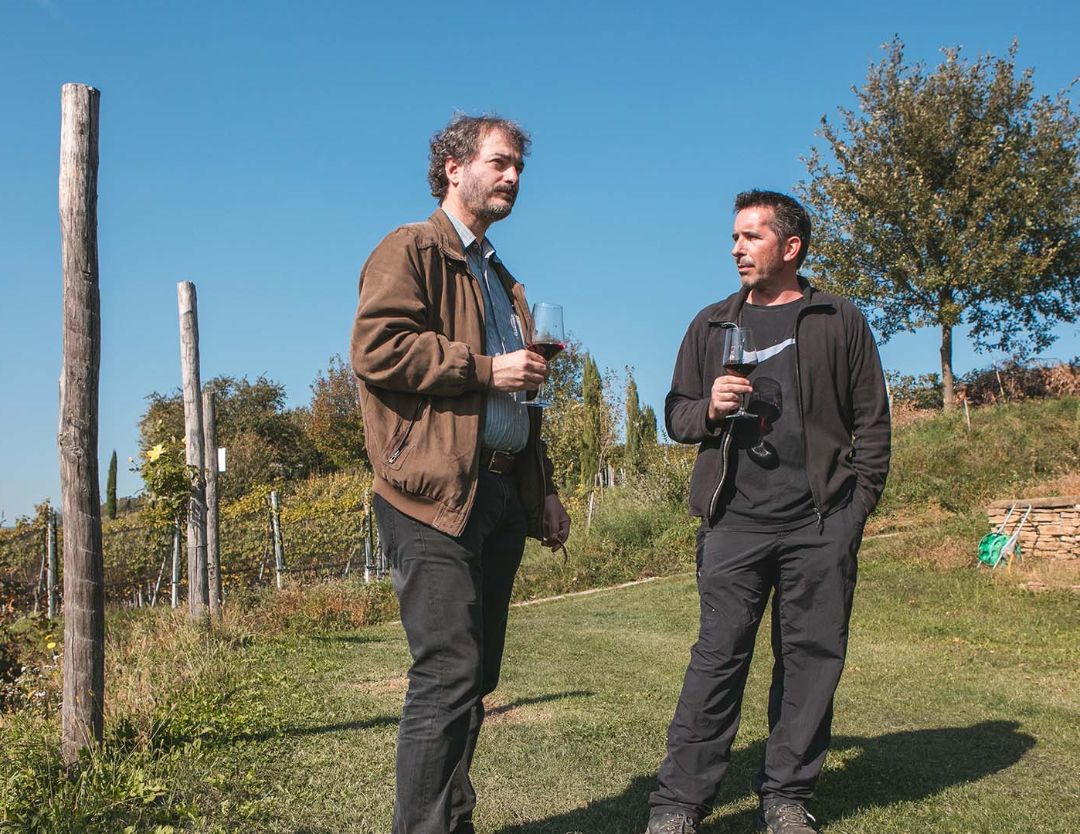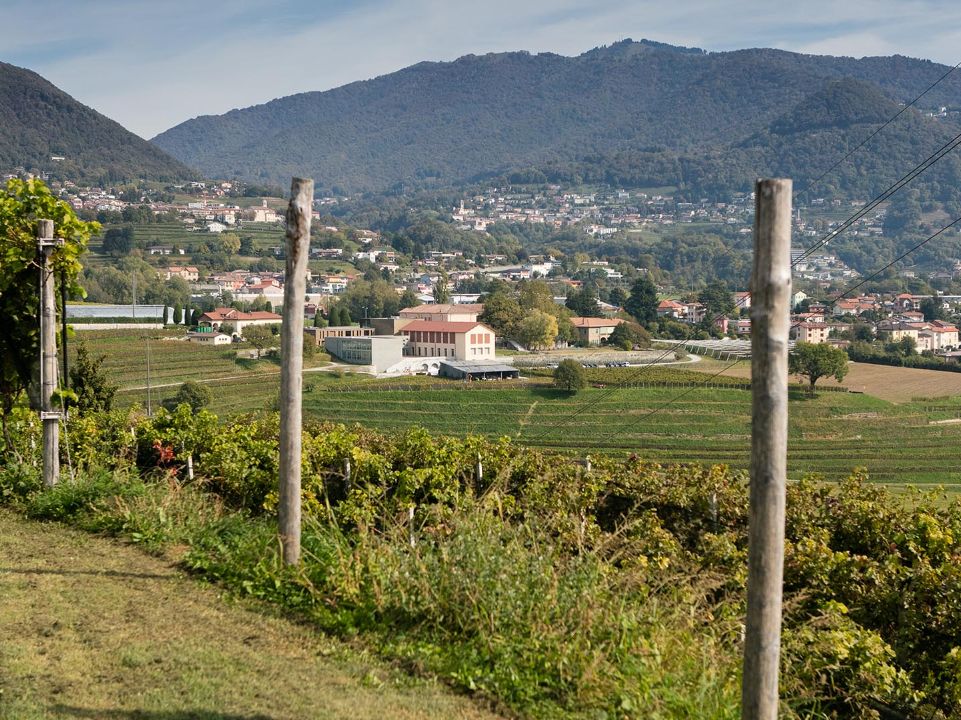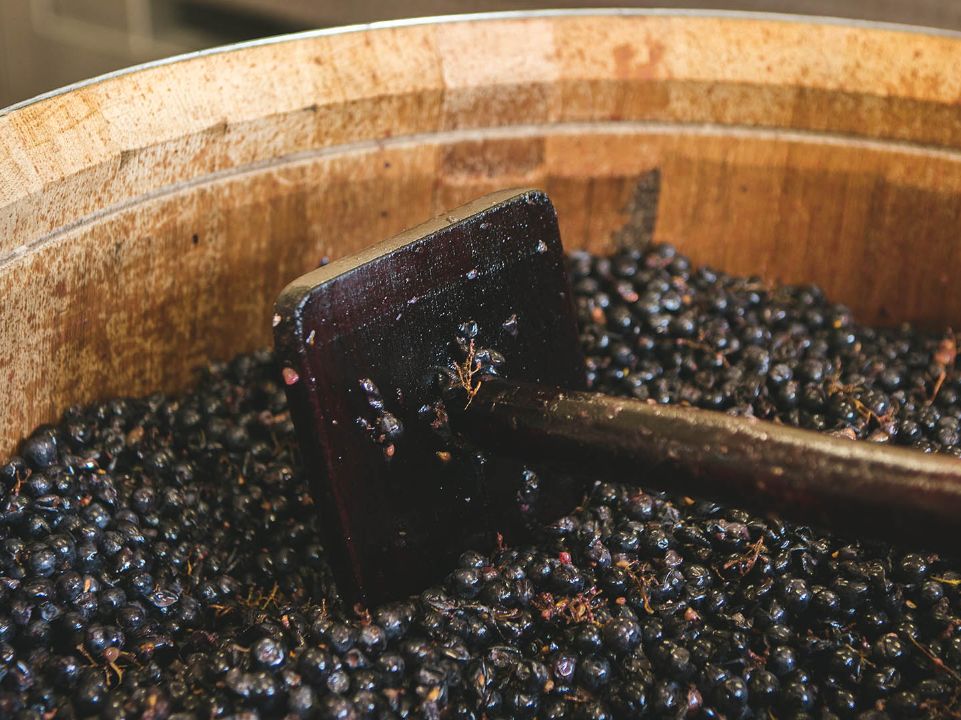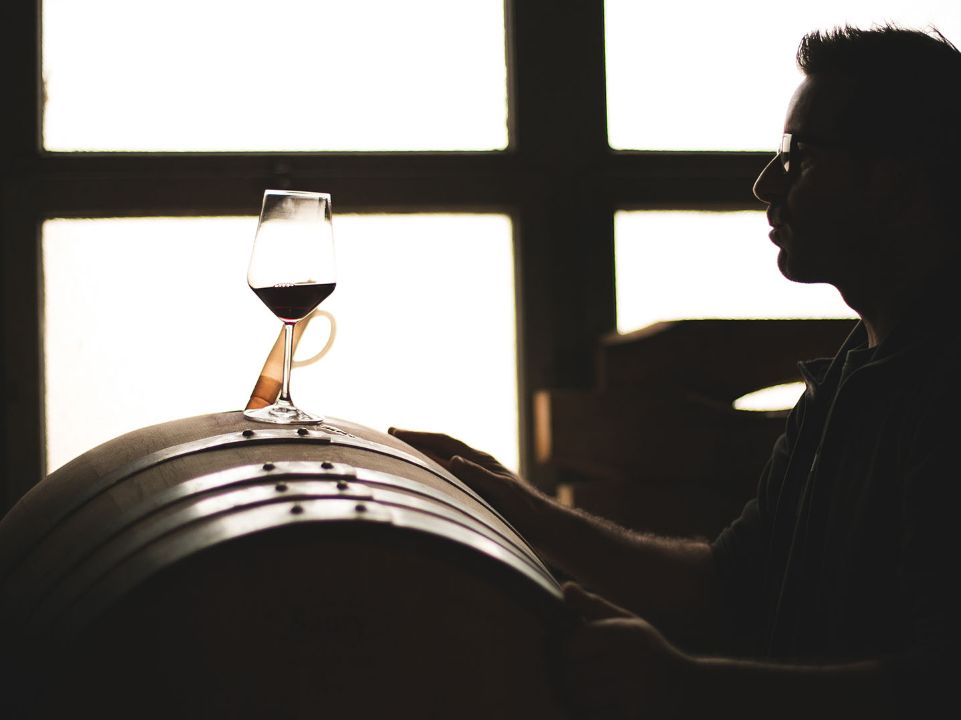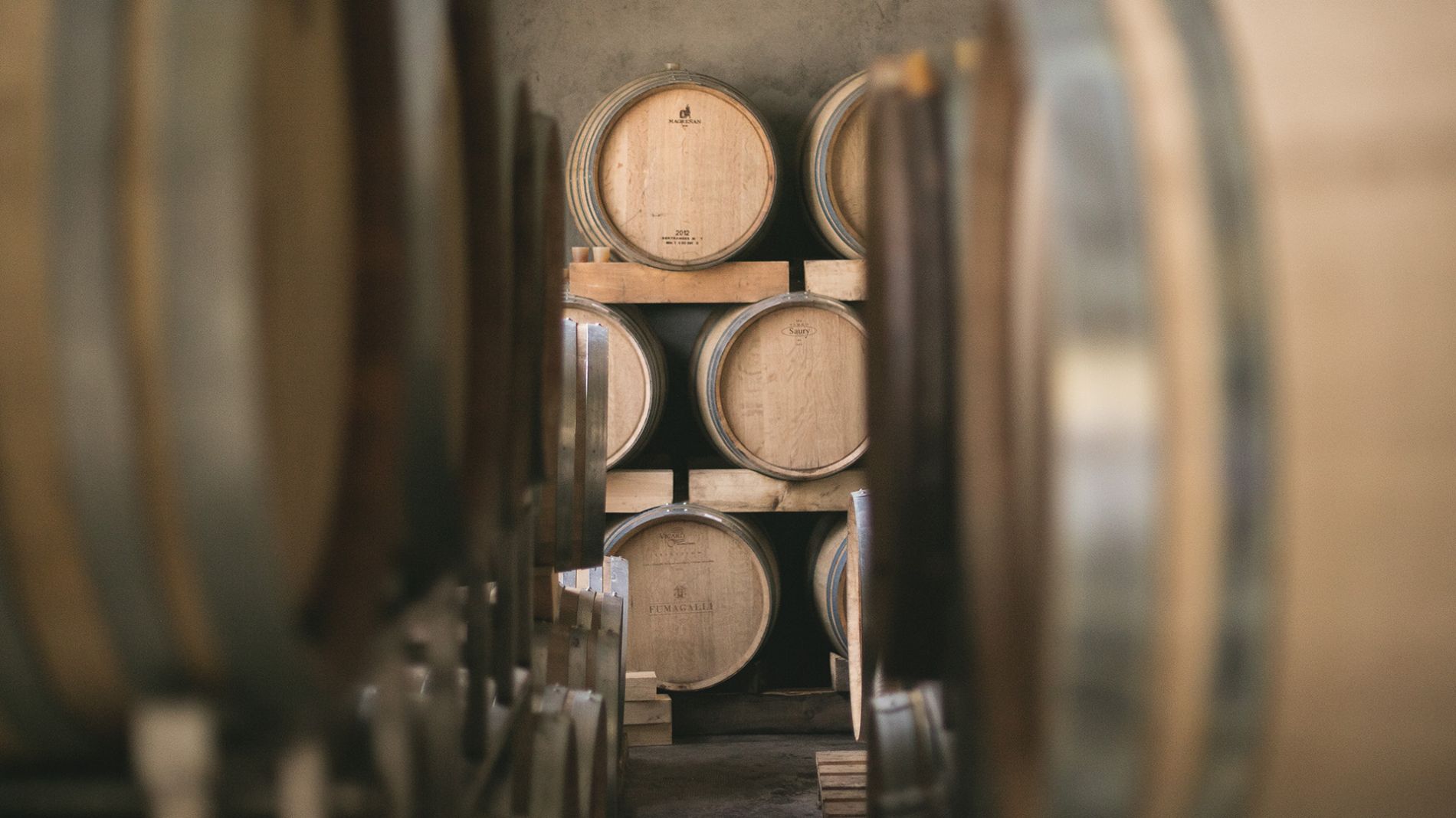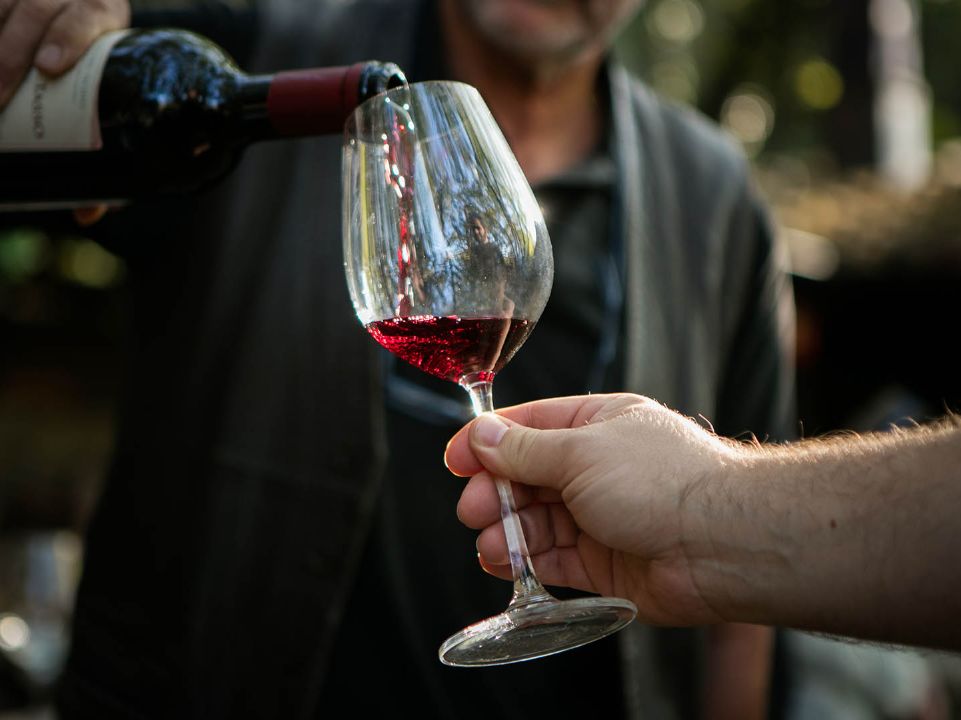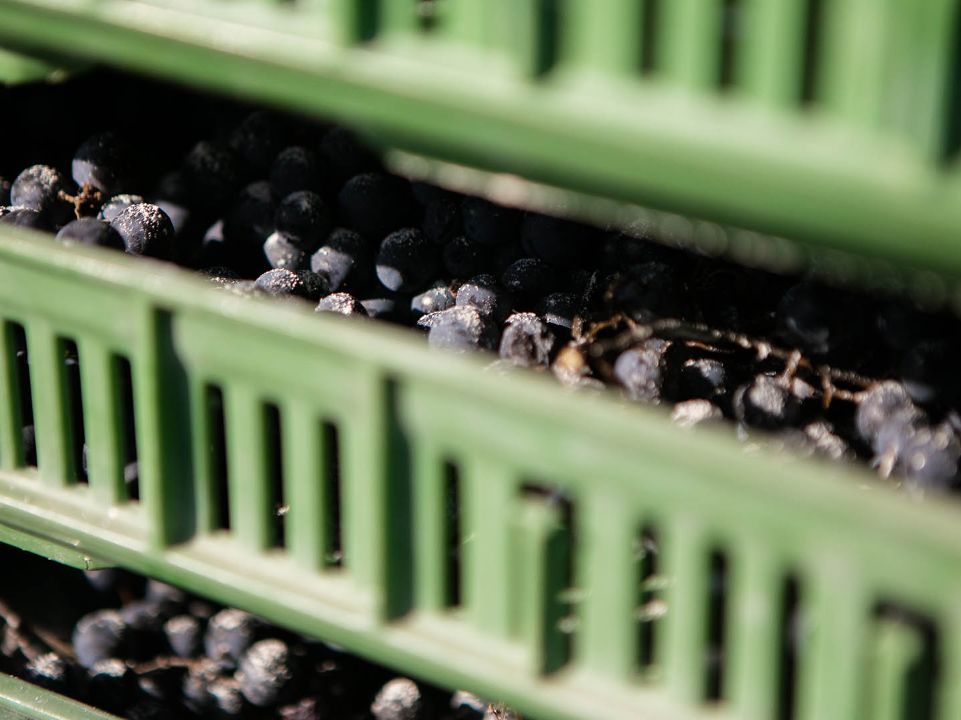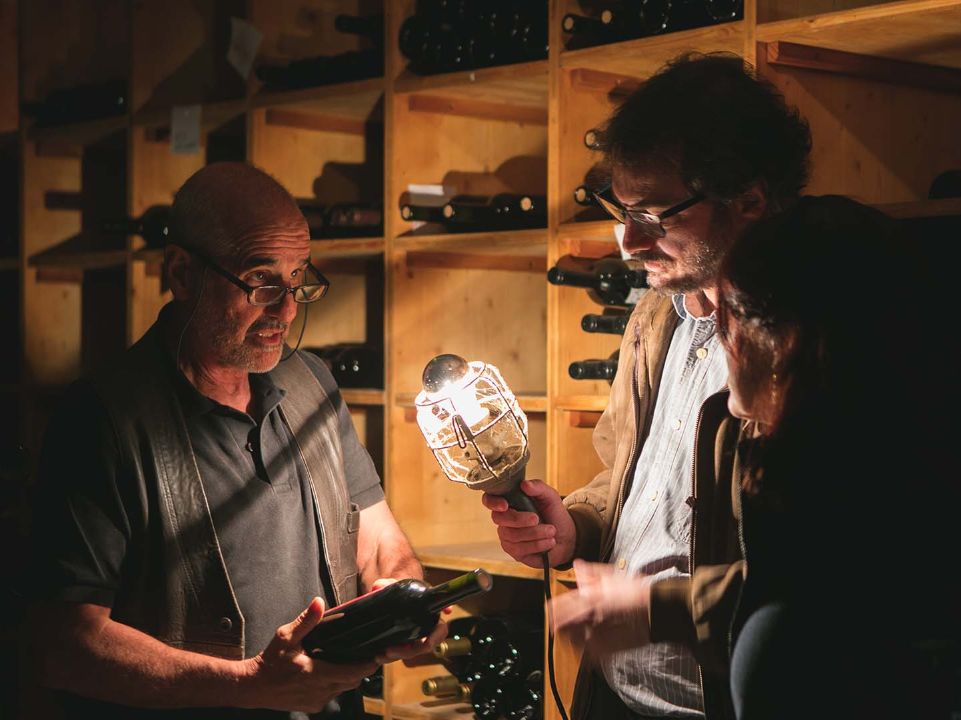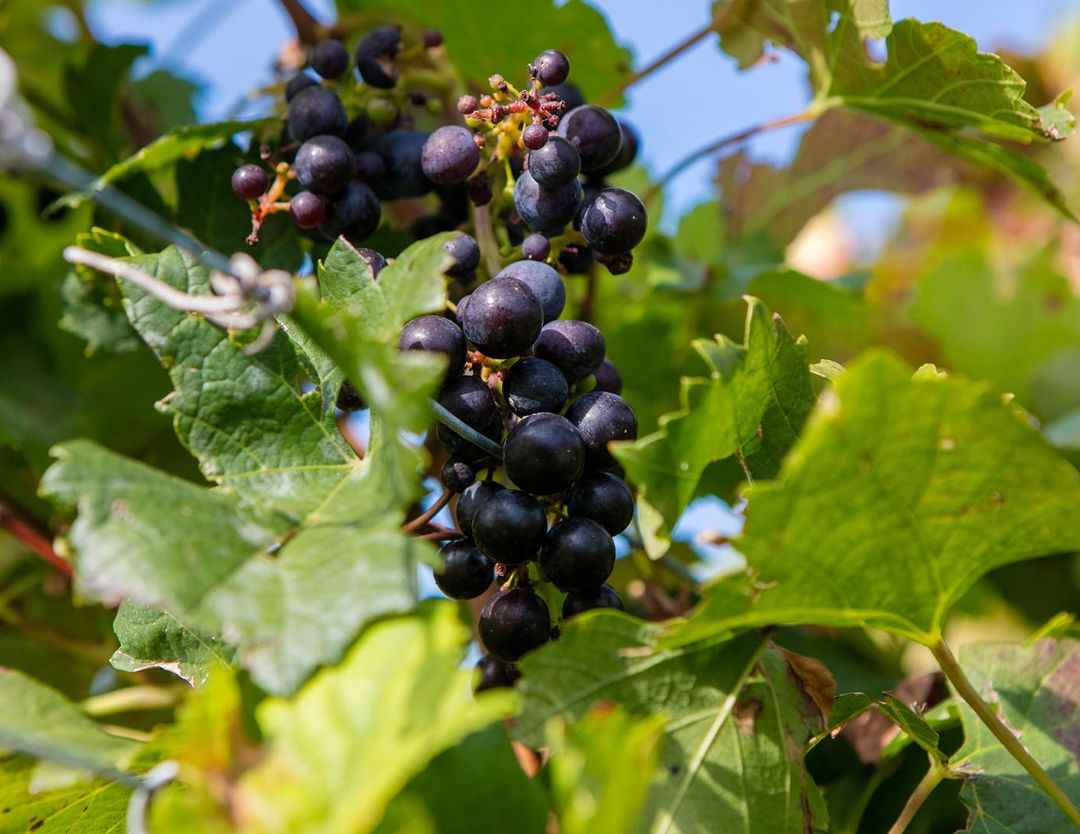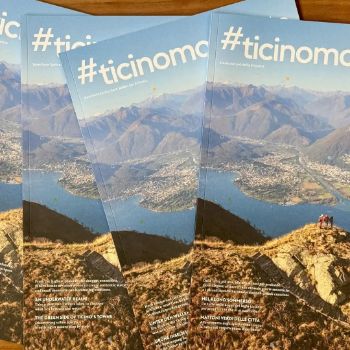Wonderful Merlot wines have been produced in the southernmost region of Switzerland for more than a century. In recent years, a new generation of vintners have rediscovered heritage grape varieties and are now making wines with a new character.
THE CHARACTER
Carlo Crivelli, vine grower
We’re borrowing from our own history and cultivating more heritage grape varieties again, such as Nebbiolo.


